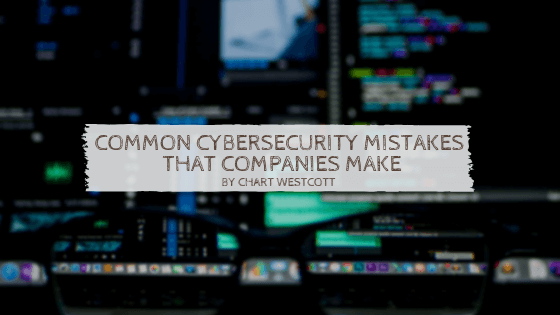Maintaining data confidentiality, integrity and security is essential for all companies. Known as cybersecurity, it protects against digital attacks like ransomware, viruses and data theft. But some companies take the wrong approach to cybersecurity by making the following mistakes.
Not Knowing Where Sensitive Data Is Stored
Effective cybersecurity requires identifying and tracking the location of sensitive data. Some companies, unfortunately, turn a blind eye to their data. They upload and store all their data on a network of servers. As a result, they don’t know where exactly sensitive data, such as customers’ personal information or employee payroll information, is being stored. And without this knowledge, they are unable to safeguard the appropriate server or servers from intrusion.
Assuming All Vulnerabilities Involve the Computer
Not all cybersecurity vulnerabilities involve phishing emails, malware, network intrusion or other computer-based channels. Hackers have become emboldened in recent years, with some calling companies directly to request their login information. A hacker may pose as an information technology (IT) specialist who’s been outsourced by the targeted company. To obtain access to the company’s network, the hacker may call the company and request its network login information so that he or she can fix a technical problem. Of course, there’s no real problem with the network, and the hacker is only calling for the purpose of obtaining network access.
Using Weak Passwords
Many companies create weak passwords for their database and network logins because they are easier to remember than longer passwords. According to CSO, however, weak passwords are responsible for more than data breaches than any other vulnerability. Hackers can use software to spam systems with thousands of usernames and passwords. Known as a brute-force attack, it’s particularly effective when used against a system with a weak password.
Not Prioritizing Vulnerabilities Based on Risk and Damage
It’s important for companies to prioritize vulnerabilities based on risk and damage when creating a cybersecurity strategy. Different vulnerabilities. Companies should resolve high-risk, potentially damaging vulnerabilities before shifting their resources to low-risk vulnerabilities that may cause little or no damage.
Statistics show that 53 percent of businesses in the United States suffered a cyber attack in 2016. Whether small or large, no business is immune to an attack. Those that avoid making these cybersecurity mistakes, however, can better defend themselves from potential attacks.



